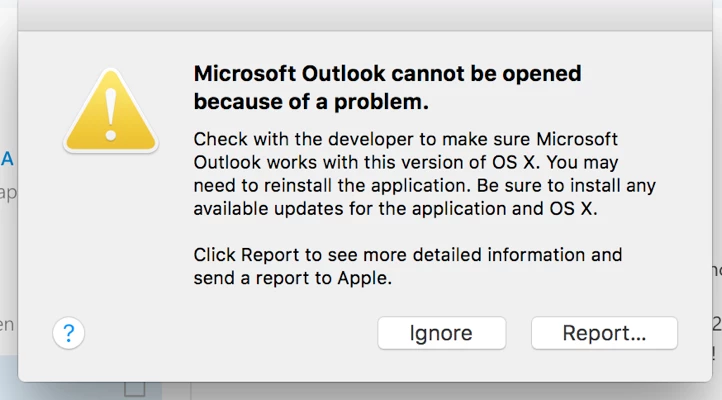I'm curious how you all are updating MS Office 2016 for your users, assuming you are managing the patches and not leaving it up to your users to keep Office up to date.
When we first deployed Office 2016 to users, I used Composer to create a single .pkg installer of all the Office apps and patched to 15.19. As updates continue, do you think it best to
1. push the individual Excel, Outlook, Word, etc. .pkg installers, or
2. push a single, patched Office .pkg installer?
The total size of the deployment would be about the same either way and it seems better to have only one installer run instead of four or five separate installers.
Your thoughts? How are you updating Office for your users?












